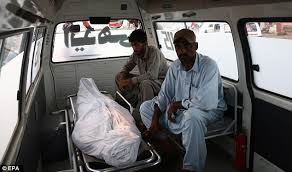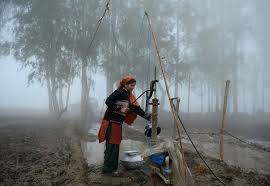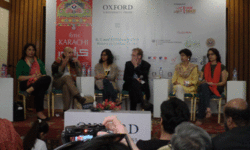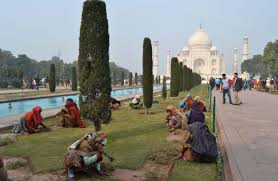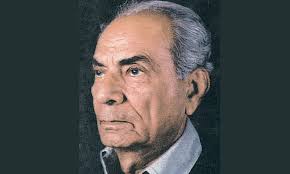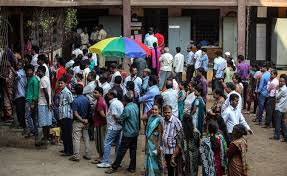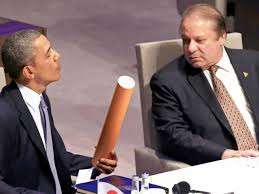The United States and other nuclear powers failed to use a recent United Nations conference to advance the cause of nuclear disarmament. The meeting in May was supposed to strengthen international efforts to contain nuclear weapons. Instead, it was a reminder of the deep divisions over the future of nuclear weapons and what efforts should be made to eliminate them.
The conference is held every five years to review compliance with the 1970 Nuclear Nonproliferation Treaty, the agreement known as the NPT under which the countries recognized by the treaty as having nuclear weapons — the United States, Russia, China, Britain and France — committed to pursue nuclear disarmament.
The other 186 signatories promised to forgo nuclear weapons. India and Pakistan did not sign the treaty, and both have nuclear weapons. Neither did Israel, which refuses to admit that it has a nuclear arsenal, and South Sudan, which has none. North Korea, once an NPT member, withdrew in 2003 and is now believed to have perhaps as many as 16 nuclear weapons.
This year’s conference, after four weeks of often acrimonious debate and finger-pointing, collapsed on May 22 without the members formally agreeing on a plan of action. All decisions must be made by consensus, and the United States, Britain and Canada rejected the final communiqué.
One reason for the failure was a dispute between Egypt and Israel, which was backed by the United States, over banning nuclear weapons in the Middle East. This was not the first time Egypt and Israel had clashed over a proposal for a nuclear-weapons-free zone. The 2010 NPT review conference called for a meeting in 2012 on a regional weapons ban, infuriating Israel. Israel eventually agreed to attend planning sessions, but the 2012 meeting never took place, which angered Egypt and other Arab nations.
During this year’s NPT conference, Egypt and its allies tried to accelerate the process by proposing that the United Nations secretary general convene a meeting on a Middle East weapons-free zone by March 2016, even if Israel refused to agree on an agenda; Israel insisted on including the broad range of security challenges in the region. The conflict is unfortunate because both nations view Iran’s nuclear program as a major threat.
The problems with the nuclear conference went beyond this dispute. Relations between the United States and Russia have deteriorated in recent years, and efforts to further reduce their nuclear arsenals have stalled. The Russian government has not only refused President Obama’s offer to negotiate a further one-third cut in deployed nuclear weapons beyond the 2010 New Start treaty limits of 1,550, Russian officials have made outrageous threats about using nuclear weapons in the confrontation with NATO over Ukraine. Russia has also been violating the 1987 Intermediate-range Nuclear Forces Treaty by testing a new cruise missile, and Washington and Moscow have embarked on costly programs to modernize their nuclear stockpiles.
Such behavior makes it harder to argue for nuclear restraint with countries like China, India and Pakistan, which have an estimated 100 to 250 nuclear weapons each but are expanding their arsenals.
Despite the disappointments and backsliding in disarmament efforts, there is one real bright spot — the negotiation between Iran and the major powers on an agreement that would curb Iran’s nuclear program in exchange for lifting international sanctions. If a sound and verifiable deal is reached, it should inspire new initiatives to rid the world of the most dangerous weapons, including in the Middle East.

